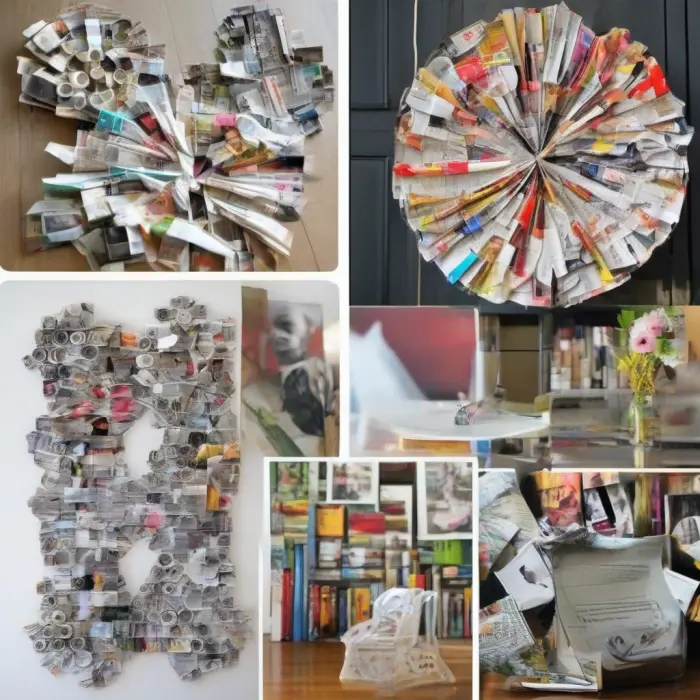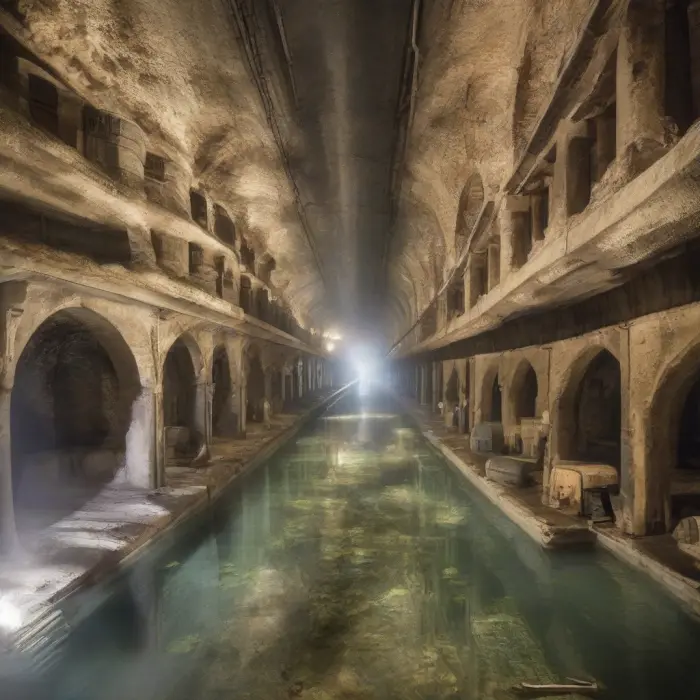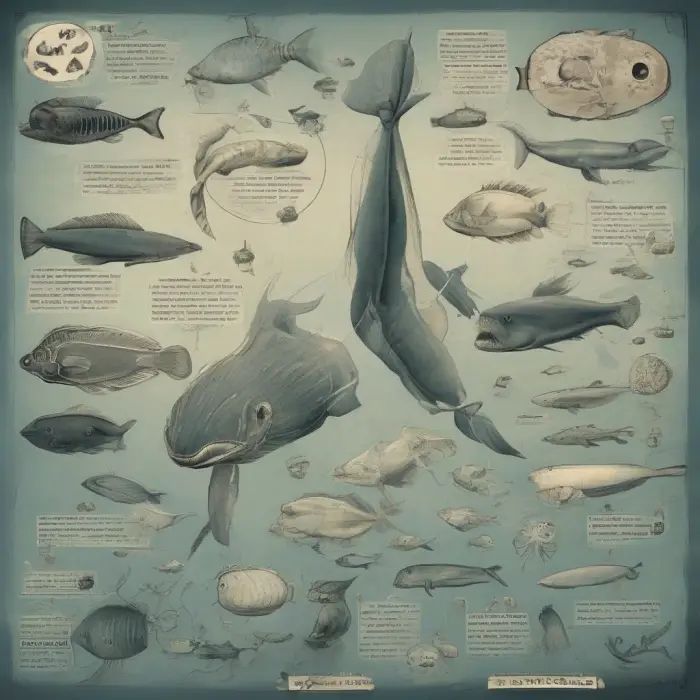Strange and Surprising Facts About the World of Memory Palaces
Embarking on a cognitive journey through the realm of memory palaces is akin to delving into the collective psyche of humanity’s ancient learning techniques. Revolving around the concept of memorization by spatial association, the world of memory palaces is riddled with strange and surprising facts that seem to defy the conventional comprehension of how the human brain functions. This vivid and fascinating technique is not only employed by memory champions, but it also offers captivating insights into the complex workings of the human mind.
A Time-Tested Concept
The idea of memory palaces, or the 'method of loci', is far from being a novel invention. This ancient strategy traces its origins back to the times of Ancient Greeks. Renowned rhetorician and philosopher, Cicero, extensively propagated this concept in his works, demonstrating the effective use of visualizing spaces for recalling lengthy speeches and texts. Though seemingly bizarre, the fact that this centuries-old method remains relevant and remarkably effective in our information-driven era illustrates the timeless nature of human cognitive abilities.
Pictorial Imagery and Storytelling
Harnessing the power of pictorial imagery and abstract associations, memory palaces facilitate memorization through storytelling. Instead of rote learning, this strategy encourages visualizing spaces filled with symbolic depictions related to the information to be memorized. Studies show that the stranger and more distinct these mental images are, the stronger is the memory recall. It is curious to note that the manipulation of the brain's innate instinct for processing visual and spatial details can so dramatically enhance our ability to remember.
Influencing Cognitive Capacities
Contradicting the conventional belief that human cognitive capacities are predominantly innate, memory palaces' practice reveals that memory can be trained and improved. Several neuroscientific studies support the plasticity of our brains, stating that consistent use of this method can not only enhance recall but also cause substantial changes in brain structure. It upends the age-old perception of memory, suggesting that mental storage is not merely a passive reservoir but a constantly adaptive system.
Memory and Emotions
Interestingly, the integration of emotional elements in the construction of memory palaces appears to augment their effectiveness. The implication of emotions in our memory process is an intriguing fact that mirrors how human cognition intertwines with our emotional experiences. By using emotional cues, memory palaces can strategically tap into the brain's mechanism to consolidate and retrieve memory, improving its overall effectiveness.
Unconventional Career Paths
Bizarre as it may sound, the mastery of memory palaces has inspired some to adopt unconventional career paths. World Memory Championships, for instance, witnesses the participation of individuals who meticulously construct memory palaces to compete in complex memory tasks. Additionally, some memory enthusiasts even venture into fields like professional poker, using their honed recall abilities to gain a competitive edge.
In conclusion, the world of memory palaces reflects upon the immense complexity and capaciousness of the human mind. From the method's ancient roots to its surprising modern applications, every fact serves as an intriguing tale about the potency of our cognitive abilities.
The Investigation Continues
As our understanding of the human brain continues to grow, it is only a matter of time before we unearth new astounding facts about the world of memory palaces. The ongoing neuroscience research and innovations aim to further uncover the relationship between spatial navigation, cognitive psychology, and our memory processes.










